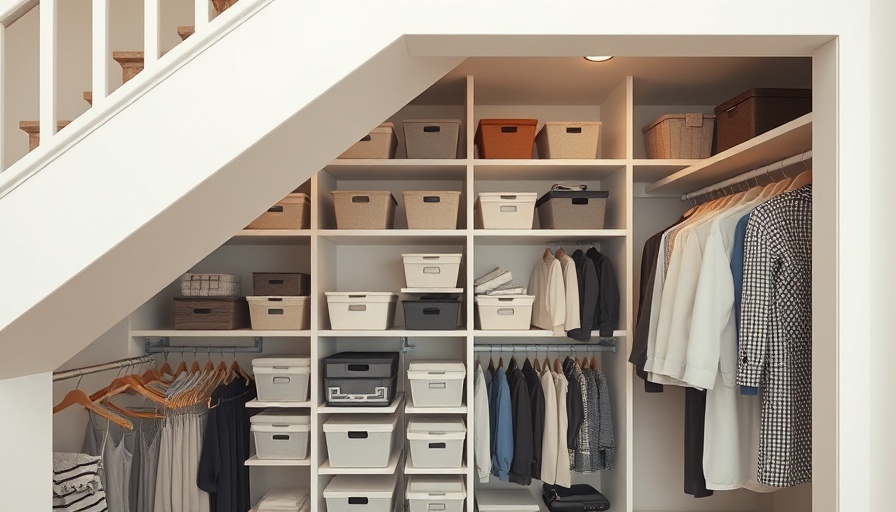
Discover the Habit Loop: Your Key to a Clutter-Free Home
Do you struggle to maintain a tidy living space? You're far from alone; many individuals face the daunting challenge of clutter in their homes. The good news is that adopting effective habits can lead to lasting change. Inspired by concepts from Charles Duhigg's bestselling book, The Power of Habit, I will guide you through a method known as the "habit loop." This process revolves around three crucial steps: cue, routine, and reward, forming a compelling framework for building habits that foster order.
Start Small—Tackle Your Own Spaces First
To efficiently break free from clutter, start with your personal spaces like your bedroom and bathroom. It's often easier to implement new habits in areas not shared with family. Research suggests it takes anywhere from 21 to 66 days to form a new habit, and for me, a consistent 21-day commitment was key to moving from chaos to cleanliness.
Examples of Effective Habits to Implement
1. **Make Your Bed Every Morning**: This simple act can transform your bedroom's appearance almost instantly. Use your morning alarm as a cue to remind you to make your bed immediately upon waking. Reward yourself afterward with a small treat, like a morning coffee.
2. **Tidy Bathroom Counters**: Brush your teeth and then use that as a cue to put away any products cluttering the surface. By developing this habit, I found great joy in returning to a neat and clean space each day.
3. **Organize Worn Clothes Promptly**: After changing outfits, use the transition as a reminder to put clothes directly into the hamper or back into the closet—depending on their state. This habit reduces clutter and promotes organization.
Extending New Habits to Shared Spaces
Once you’re comfortable managing your own areas, it’s time to extend your organizational habits to common spaces. Main areas like the living room or kitchen can be contentious territories, especially if other family members aren't on board. Focus on your own mess while gently encouraging positive changes in the overall environment. If everyone sees you maintaining a clutter-free space, they might be inspired to follow suit.
Managing Incoming Clutter: Proactive Strategies
Managing clutter doesn’t stop at tidying up—it's crucial to be proactive about what comes into your home:
- Set Up a Mail Sort Station: Sort mail as soon as you walk in the door to prevent junk from piling up. Taking immediate action can significantly reduce clutter.
- Be Intentional with Purchases: Ask yourself whether a new purchase truly adds value or if it will merely contribute to clutter. Fostering this mindset can save money and cultivate thoughtful consumerism.
Reflecting on Your Progress: The Importance of Rewards
Recognizing achievements through rewards is essential. After implementing a new habit, make it a point to celebrate even the small successes. Whether it’s treating yourself to a snack or simply giving yourself a moment of gratitude, these positive reinforcements can encourage you to continue pursuing your clean living goals.
Growing Into a Clutter-Free Lifestyle
Remember, forming effective habits is not just about decluttering your home; it’s also about improving your daily life. As Ranka Burzan wisely notes, it’s not about finding a perfect system; it’s about discovering simple routines that fit seamlessly into your day-to-day life. Embrace the journey to a clutter-free home, and be patient with yourself as you grow into new habits.
Your Path to a Cleaner Home Begins with You
In conclusion, adopting the habit loop approach can empower you to form sustainable systems for a clutter-free home. Explore these techniques, apply them consistently, and take pride in your new practiced behaviors. Your home will thank you.
For those struggling to implement their own organizing strategies, consider consulting professional organizers or resources aimed at effective home management. Products designed for storage and decluttering can also aid in this transition, providing additional support and structure.
 Add Row
Add Row  Add
Add 




Write A Comment